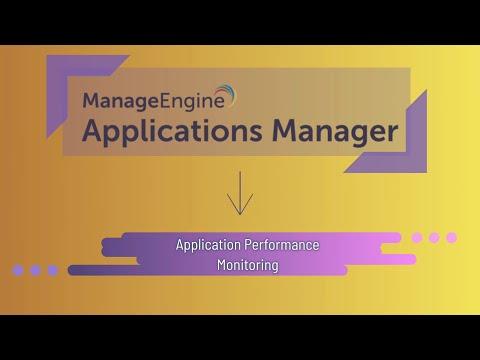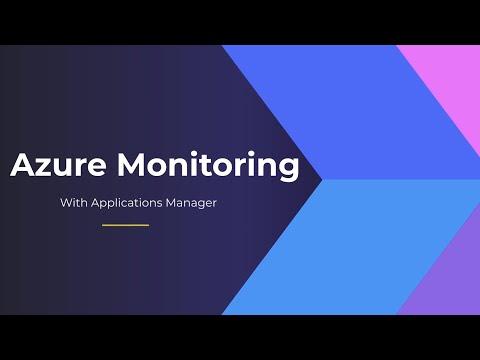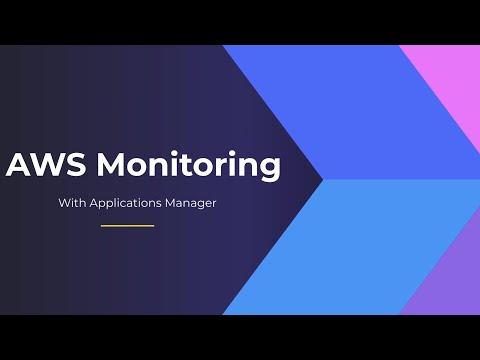We have smart cars on the horizon that will navigate themselves. Mobile apps that make communication, navigation and entertainment an integral part of our daily lives. Your insurance pricing may soon be affected by whether or not you wear a personal health monitoring device. Everywhere you turn, the very latest IT technologies are being leveraged to provide advanced services that were unimaginable even ten years ago. So why is it that the IT environments that provide these services are managed using an analytics technology designed for the 1970s?
The IT landscape has evolved significantly over the past few decades. IT management simply has not kept pace. IT operations teams are anxious that too many problems are reported first by end users. Support teams worry that too many people spend too much time troubleshooting. Over 70 percent of troubleshooting time is actually wasted following false hunches because alerts provide no value to the diagnostic process. Enterprises that are still reliant on yesterday’s management strategies will find it increasingly difficult to solve today’s operations and performance management challenges.
This is not just an issue of falling behind a technology curve. There is a real business impact in increasing incident rates, failing to detect potentially disastrous outages and human resources wasting valuable time. An increasing number of IT shops are anxiously searching for alternatives.
This is where advanced machine learning analytics can help.
Too often operations teams can become engulfed by alerts – getting tens of thousands a day and not knowing which to deal with and when, making it quite possible that something important was ignored while time was wasted on something trivial. Through a powerful combination of machine learning and anomaly detection, advanced analytics can reduce the alarms to a prioritized set that have the largest impact on the environment. By learning which alerts are “normal”, these systems define an operable status quo. In essence, machine learning filters out the “background noise” of alerts that, based on their persistence, have no effect on normal operations. From there, statistical algorithms identify and rank “abnormal” outliers on a scale measuring severity (value of a spike or drop occurrence), rarity (number of previous instances) or impact (quantity of related anomalies). The result is a reduction from hundreds of thousands of noisy alerts a week to a few dozen notifications of real problems.
Despite producing huge volumes of alerts, rules and thresholds implementations often miss problems or report them long after the customer has experienced the impact. The fear of generating even more alerts forces monitoring teams to select fewer KPIs, thus decreasing the likelihood of detection. Problems that slowly approach thresholds go unnoticed until user experience is already impacted. Adopting this advanced analytics approach empowers enterprises to not only identify problems that rules and thresholds miss or simply execute against too late, but also provide their troubleshooting teams with pre-correlated causal data.
By replacing legacy rules and thresholds with machine learning anomaly detection, IT teams can monitor larger sets of performance data in real-time. Monitoring more KPIs enable a higher percentage of issues to be detected before the users report them. Through real-time cross correlation, related anomalies are detected and alerts become more actionable. Early adopters report that they are able to reduce troubleshooting time by 75 percent, with commensurate reductions in the number of people involved by as much as 85 percent.
Advanced machine learning systems will fundamentally change the way data is converted into information over the next few years. If your business is leveraging information to provide competitive services, you can’t afford to be the laggard.
The Latest
We're at a critical inflection point in the data landscape. In our recent survey of executive leaders in the data space — The State of Data Observability in 2024 — we found that while 92% of organizations now consider data reliability core to their strategy, most still struggle with fundamental visibility challenges ...
From the accelerating adoption of artificial intelligence (AI) and generative AI (GenAI) to the ongoing challenges of cost optimization and security, these IT leaders are navigating a complex and rapidly evolving landscape. Here's what you should know about the top priorities shaping the year ahead ...
In the heat of the holiday online shopping rush, retailers face persistent challenges such as increased web traffic or cyber threats that can lead to high-impact outages. With profit margins under high pressure, retailers are prioritizing strategic investments to help drive business value while improving the customer experience ...
In a fast-paced industry where customer service is a priority, the opportunity to use AI to personalize products and services, revolutionize delivery channels, and effectively manage peaks in demand such as Black Friday and Cyber Monday are vast. By leveraging AI to streamline demand forecasting, optimize inventory, personalize customer interactions, and adjust pricing, retailers can have a better handle on these stress points, and deliver a seamless digital experience ...
Broad proliferation of cloud infrastructure combined with continued support for remote workers is driving increased complexity and visibility challenges for network operations teams, according to new research conducted by Dimensional Research and sponsored by Broadcom ...
New research from ServiceNow and ThoughtLab reveals that less than 30% of banks feel their transformation efforts are meeting evolving customer digital needs. Additionally, 52% say they must revamp their strategy to counter competition from outside the sector. Adapting to these challenges isn't just about staying competitive — it's about staying in business ...
Leaders in the financial services sector are bullish on AI, with 95% of business and IT decision makers saying that AI is a top C-Suite priority, and 96% of respondents believing it provides their business a competitive advantage, according to Riverbed's Global AI and Digital Experience Survey ...
SLOs have long been a staple for DevOps teams to monitor the health of their applications and infrastructure ... Now, as digital trends have shifted, more and more teams are looking to adapt this model for the mobile environment. This, however, is not without its challenges ...
Modernizing IT infrastructure has become essential for organizations striving to remain competitive. This modernization extends beyond merely upgrading hardware or software; it involves strategically leveraging new technologies like AI and cloud computing to enhance operational efficiency, increase data accessibility, and improve the end-user experience ...
AI sure grew fast in popularity, but are AI apps any good? ... If companies are going to keep integrating AI applications into their tech stack at the rate they are, then they need to be aware of AI's limitations. More importantly, they need to evolve their testing regiment ...







